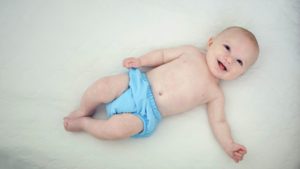You might be wondering what cloth diaper liners are, here you can check out the complete details.
We remain in need of diapers as long as we have babies.
It is a must for the parents to get good-quality diapers for their babies so that no rashes come on their bums.
In this piece of writing, you may grab enough data on the comparison of a diaper liner and diaper insert.
We have seen this general practice that parents prefer using cloth diapers because they have been marketed to be healthier for their babies.
Keep in mind that cloth diaper liners are kind of layers of material that are generally added to the diaper so that the cleaning process of solid waste may become easy.
These diaper liners even guard the diapers against getting any kind of stains.
What’s Better For You? Diaper Inserts Or Diaper Liners:
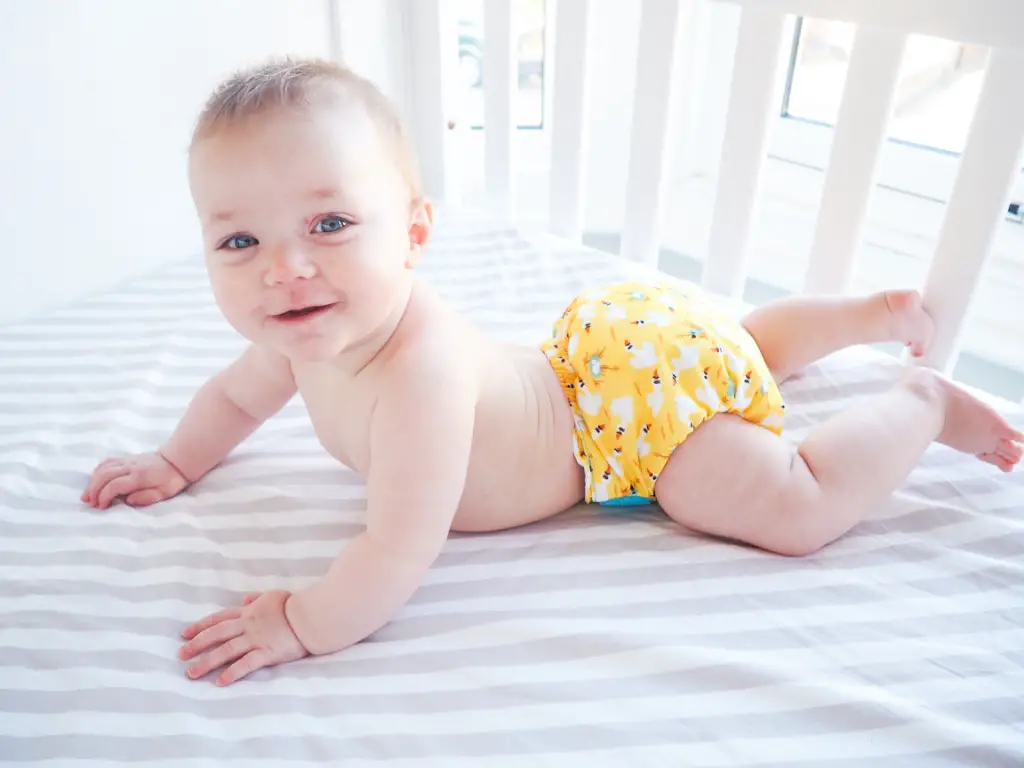
There is a difference existing between diaper liners and diaper inserts and here we have mentioned this comprehensive difference in front of you.
Most importantly, Cloth diaper liners come in the form of thin pieces of fabric and their main purpose is to absorb any liquid.
Liners hold more solid substances as compared to diaper inserts.
On the other hand, while talking about these diaper inserts, they comparatively absorb as well as hold more liquid and amplify the diaper’s absorbency potential.
In addition, inserts are made with the help of hemp, cotton, or bamboo.
They can either be made of microfiber. And these liners are made and constructed of a single layer of fabric.
Like, you can have these liners made of fleece or they can be made of a disposable mesh.
Versions Of Diaper Liners:
Most noteworthy, diaper liners come in the form of disposable and also in reusable versions.
If you have planned to get the disposable liner, then such a liner will consist of a thin layer and it will be generally composed of flushable cellulose.
Besides, these liners look like that of thin paper or they give us a glimpse of a dryer sheet. If you are using reusable liners, they are commonly made of fleece.
These kinds of liners add and emboss a dry layer on the diaper so that enough moisture can be wicked away.
Versions Of Diaper Inserts:
Now, you have come to know about the main versions of diaper liners, here you can know the main styles of these diaper inserts! It is in the range of styles that these inserts are available in the market.
You can have these inserts in a flat shape. This kind of insert comes in a large square of fabric form and folds itself into a pad shape.
Then we have pre-fold inserts that are also known as flat diapers. This respective insert type is pre-folded and also sewn into shape.
The trifold diaper insert is considered to be the wider insert style. You fold it into thirds before you stuff it!
Some diaper inserts come in pad form. These inserts consist of multiple layers and are commonly sewn into a thick pad shape.
The Snake-style diaper insert has gained an equal amount of popularity. Such an insert arrives in a long strip and you can customize it to enjoy extra absorbency function.
The last diaper insert style is this pedal style. Here, more than two inserts are generally sewn together.
Cloth Diaper Inserts Are Made of Which Material?
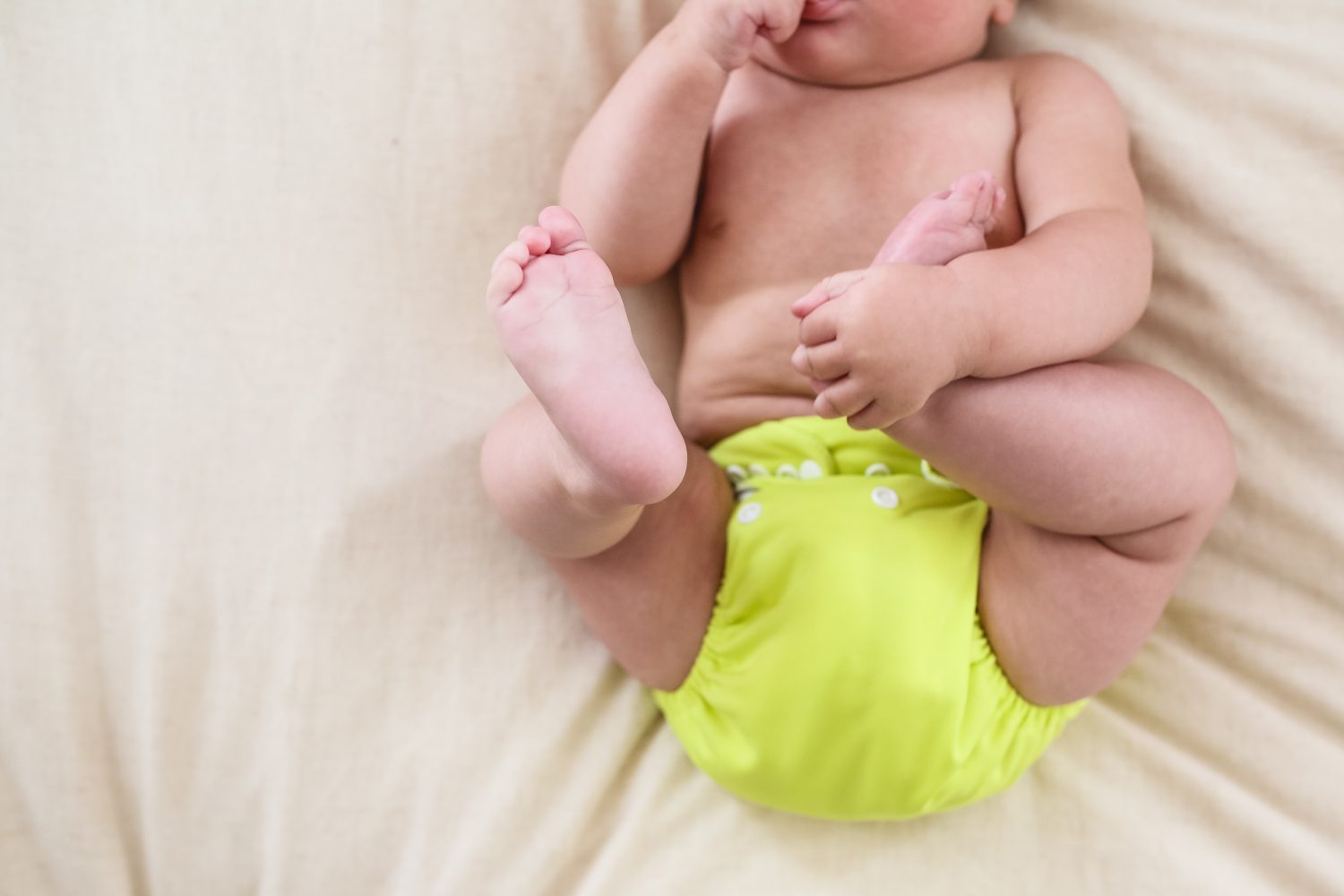
Cloth diaper inserts made of microfiber absorb liquid quickly as well as dry quickly.
Their only drawback is that they become flatten over time and this element brings a reduction in their absorbency potential. Cotton inserts have become an economical option these days.
No doubt, these are highly versatile, and ideal for heavy wetters. Bamboo inserts are made of natural fiber. These inserts remain silky soft and super absorbent.
Hemp inserts are made of natural and environmentally-friendly fiber. These inserts have a higher price tag and along with that, they hold the most amount of liquid.
You can also have inserts made of Minky!
This one is a polyester fabric and absorbs well. In addition, such a diaper insert is stain-resistant.
Then velour inserts are made with the great and ideal combination of bamboo and cotton. They are more breathable.
Disposable Liners vs Reusable Liners:
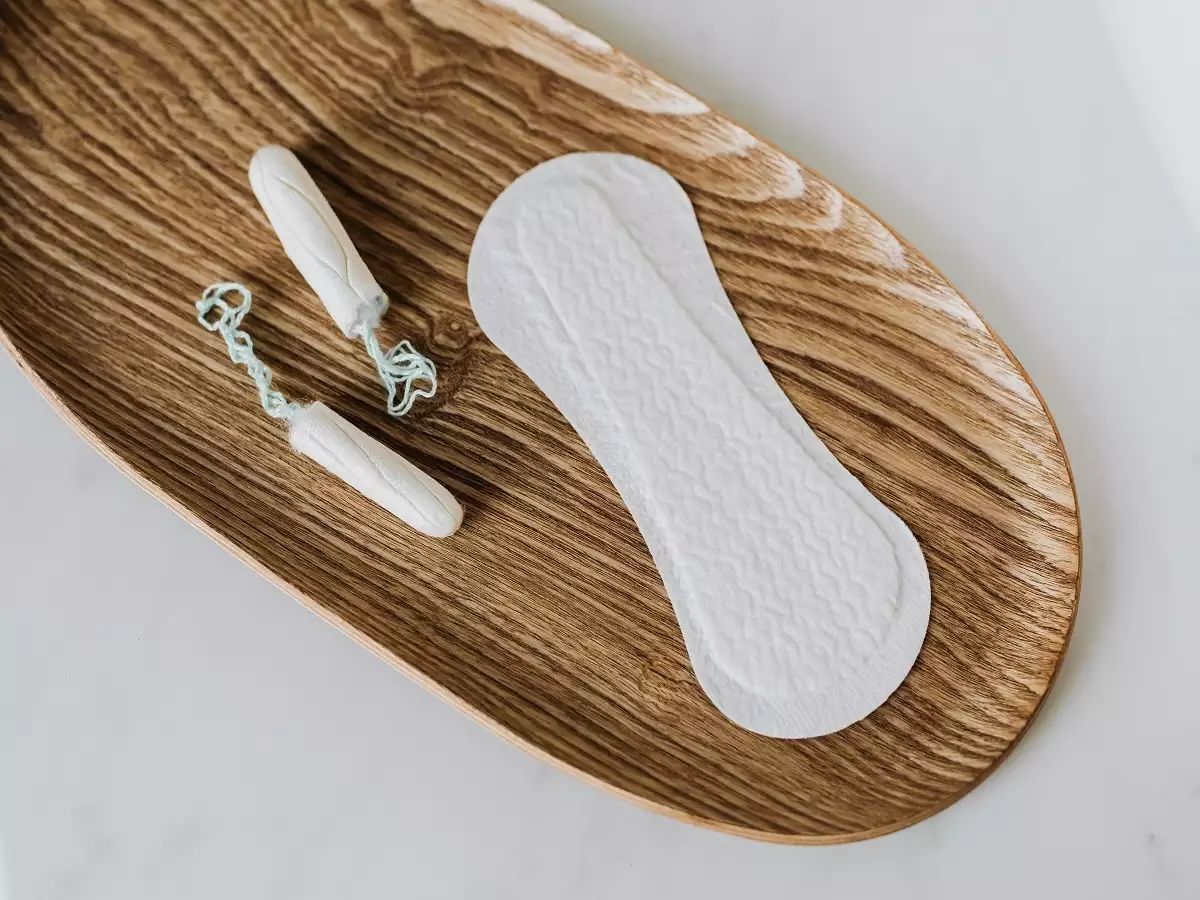
Now, you can further check out the details about these main two types and versions of diaper liners.
If any question comes to your mind, do let us know!
Reusable Cloth Diaper Liners:
Such kinds of diaper liners are washable as well. They are made with the injection and induction of a single fabric layer.
In addition, you can wash these diapers as many multiple numbers of times as you want to! Besides, these diapers never and ever fall apart.
Most of all might know about this important fact that Washable liners are made of cotton or fleece. Both of these fabrics are suitable and appropriate fabric types for making reusable cloth liners.
They wick away the maximum amount of moisture and manage to maintain the dry feeling.
If you think that your baby bun is having lots of rashes, then time to use diaper liners as soon as possible.
They prevent the presence of rashes and are ideal to be used for those babies who have sensitive skin.
Parents prefer having fleece liners over cotton liners because the former is inexpensive and budget-friendly.
The fleece liners are not going to fray wherever you will cut them. Lots of parents like to use fleece liners when it comes to making DIY cloth liners for their babies.
What Are Disposable Cloth Diaper Liners?:
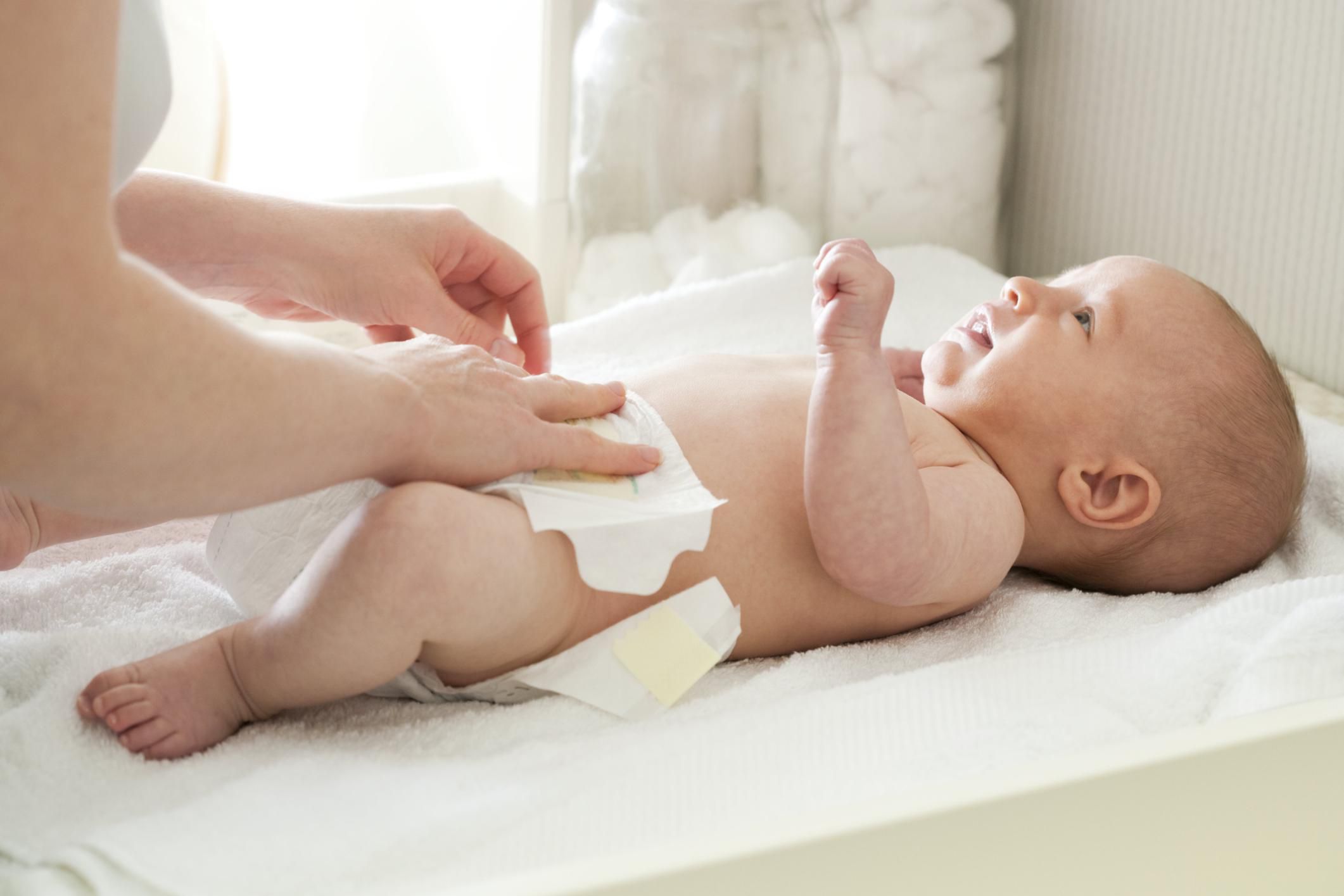
Now, moving to the details of these disposable diaper liners! Most importantly, these liners are rectangles and are generally made of thin fabric.
As an example, you might have seen that these diapers are made of mesh fabric.
Most of the time they are made of viscose, or you can rayon viscose, or they are made of bamboo viscose.
For the information, rayon is the common word when it comes to viscose liners.
This kind of material is extracted right from the wood pulp and then further broken down into various cellulose bits.
This material is then polymerized, and transformed into smooth fibers.
If you end up buying the viscose and go disposable diaper liners, then you should know that both of them come in the category of biodegradable liners.
It is a must and important for you to toss away these disposable liners in the garbage can.
Are Disposable Diaper Liners Flushable?
You should not ever make the mistake of flushing away the diaper liners. It does not matter whether it is written on the pack that these diapers are flushable, but you should not commit this blunder.
Make it a practice to toss away these diapers in the garbage can.
If you flush these diapers, then there is a huge chance that they will close your toilet as soon as possible. The further damage might demand from you a tank replacement.
So, instead of bearing all these damages and heavy costs, it is better to throw the diapers in the garbage can.
Are Cloth Diaper Liners Necessary?
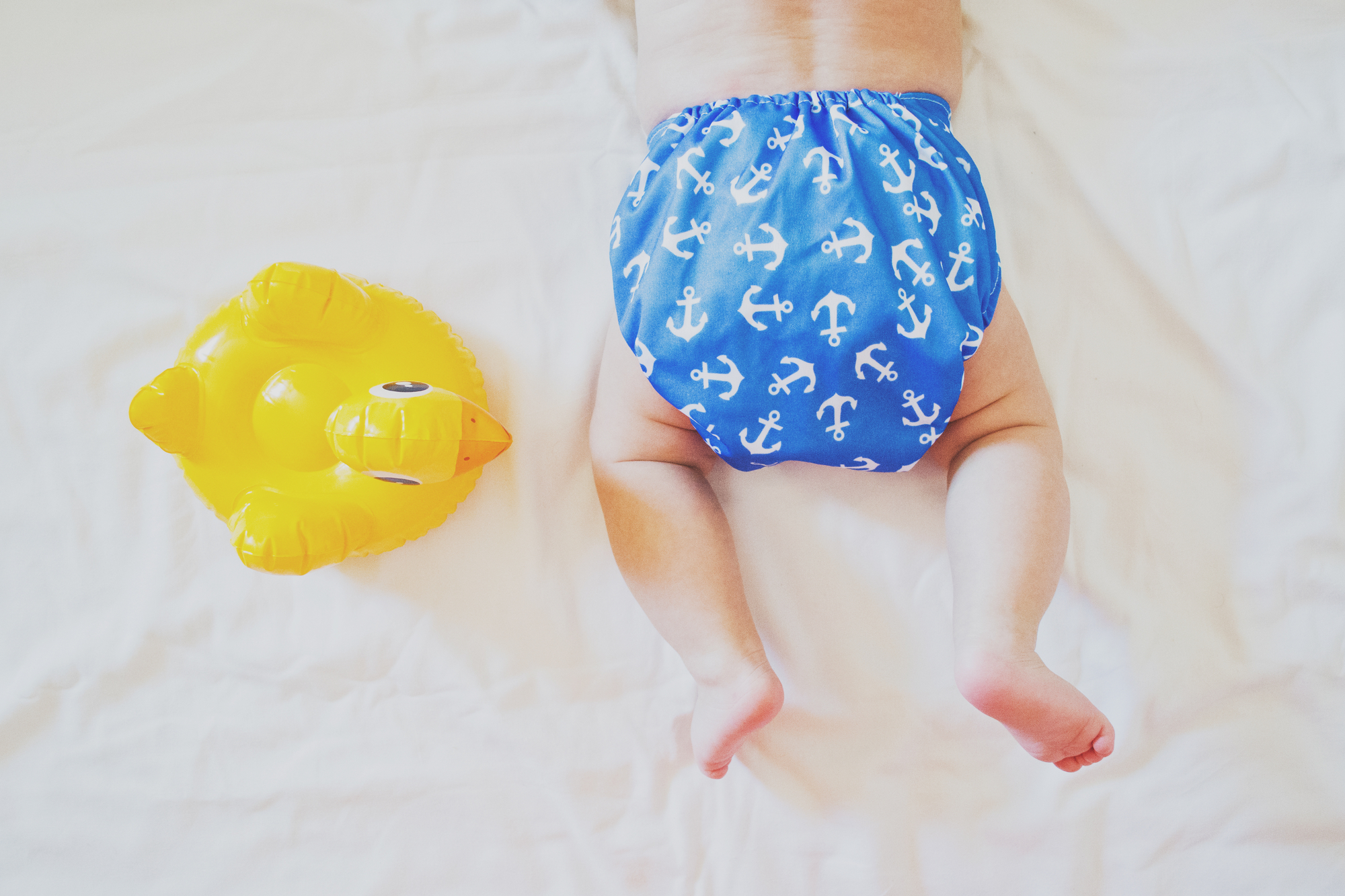
Though you are given lots of options when it comes to choosing the diaper type, here you can see what general benefits are given by these diaper liners:
These diapers allow your baby to witness more breathability. Such kinds of liners result in fewer skin irritation problems and a minimum number of rashes issues.
If you do not want your baby to have issues like skin irritation, then use liners.
In addition, the use of a diaper liner may push your baby to potty train himself on the earliest notes.
On using diapers, babies feel the wet sensation and they tend to become more and further aware that their potty time has come.
Besides, liners are inexpensive and they have become a cost-friendly option. They produce fewer odors and less waste.
How to Use Cloth Diaper Liners?
The last section of this piece of writing will tell you how to use diaper liners.
No matter if you are using their disposable version or reusable version, the procedure to use them is the same.
You need to place these liners right on the top section of the cloth diaper.
In addition, this liner should come in between the cloth diaper and your baby. The liner should be touching the baby and not the diaper.
On disposing of the liner, make sure that you throw it in the trash. And if it is a reusable liner, then wash and dry it properly.
Also Read: Get Rid of Stinky Diapers!
Conclusion!
This is all information on the diaper liners! Being a parent, you can let us know what kind of diapers you use and how your current experience is.
If more of the variations and versions in the baby diaper industry come, we will update you for sure.
Right now, time to grab and use irritation-free and rash-free diapers for your babies.

As a mother of four very energetic children, Emilia knows how chaotic motherhood can be. She’s learned a lot of lessons along the journey so far and loves sharing the tips & tricks she’s picked up over the years with anybody else on the same life path.

